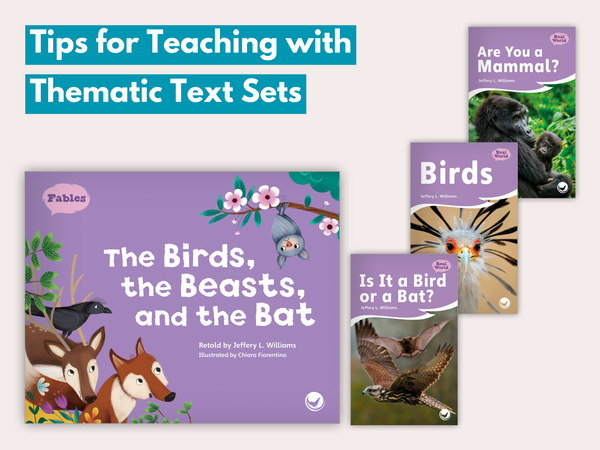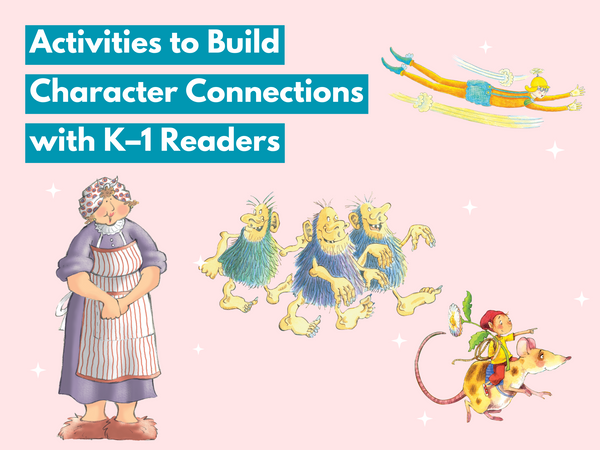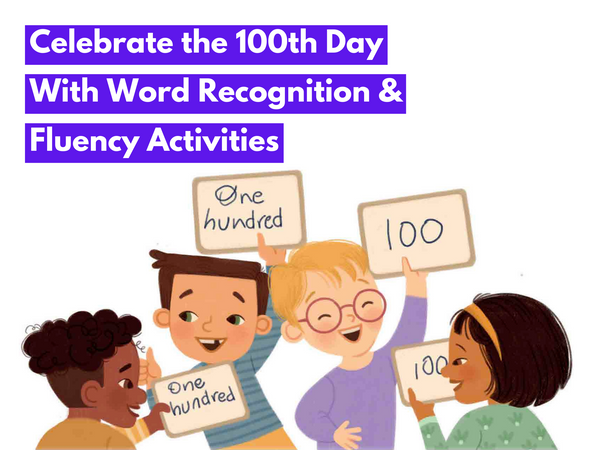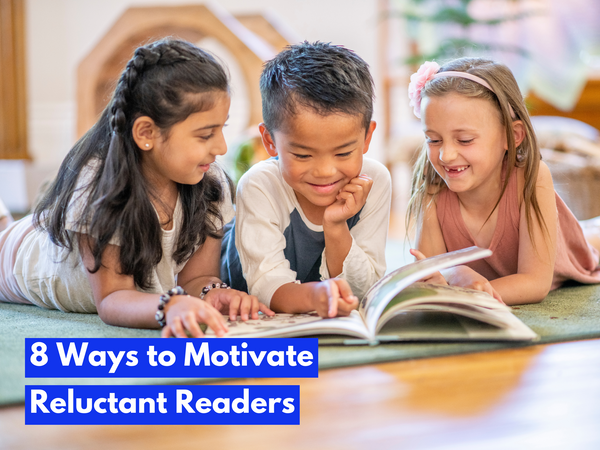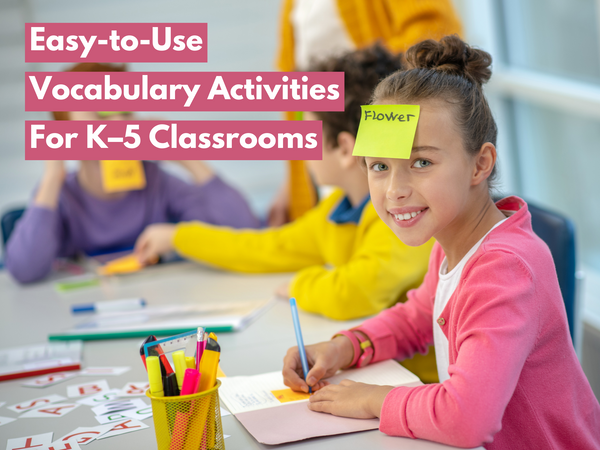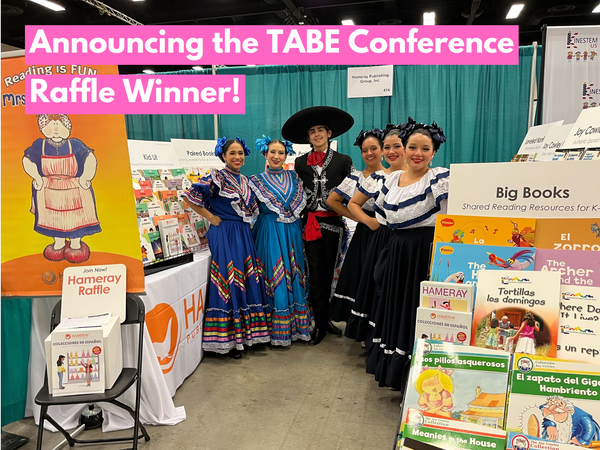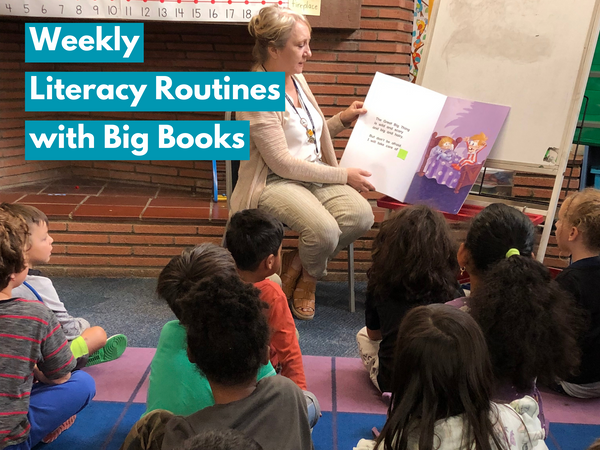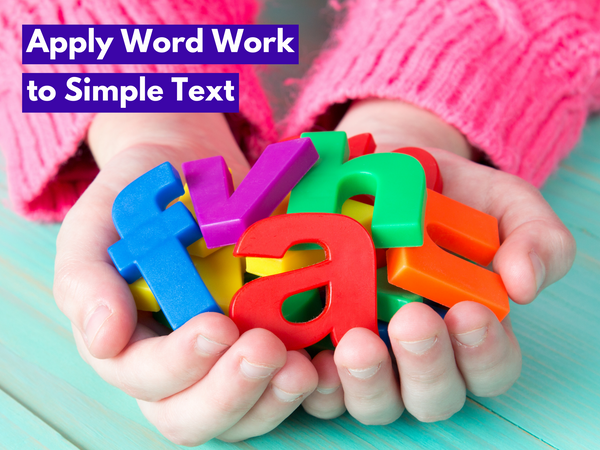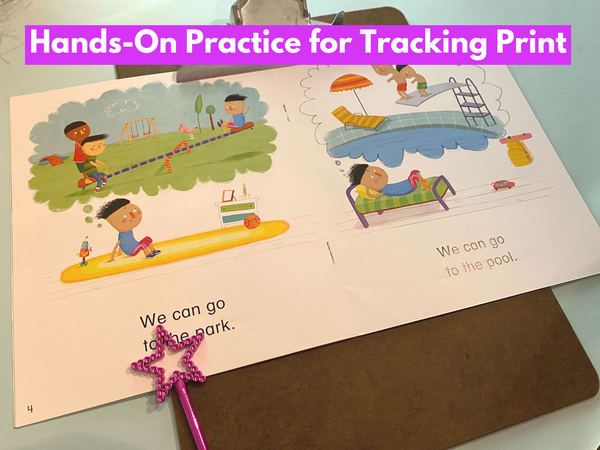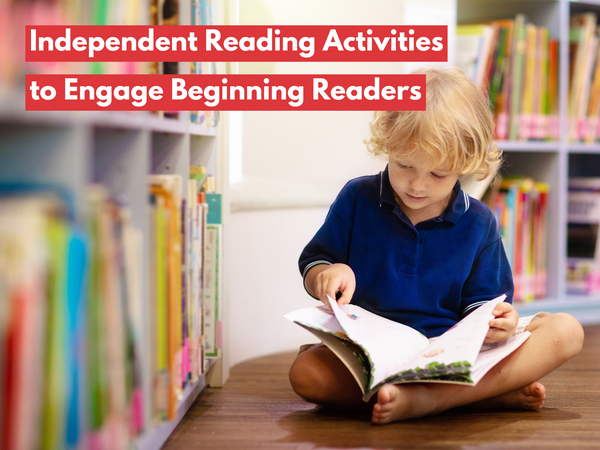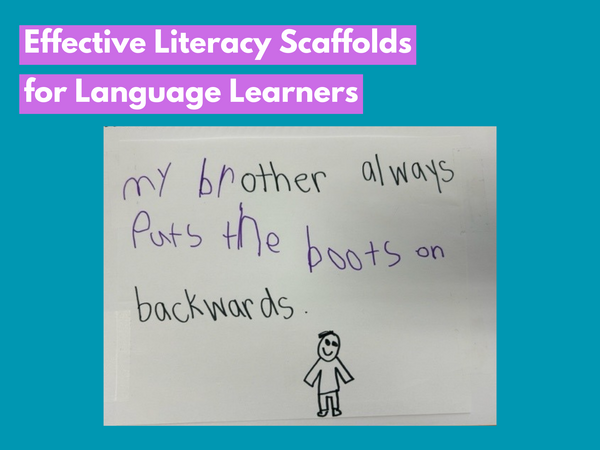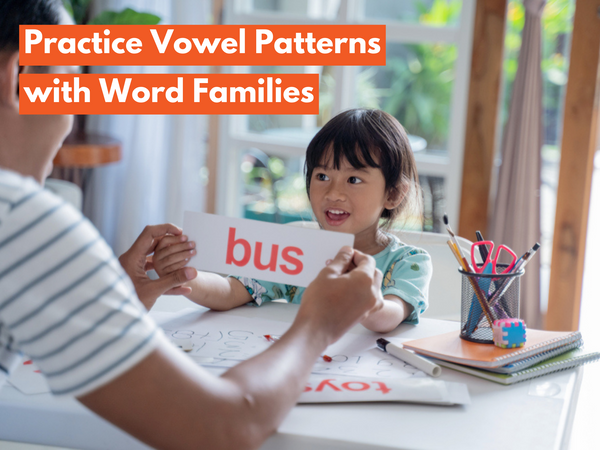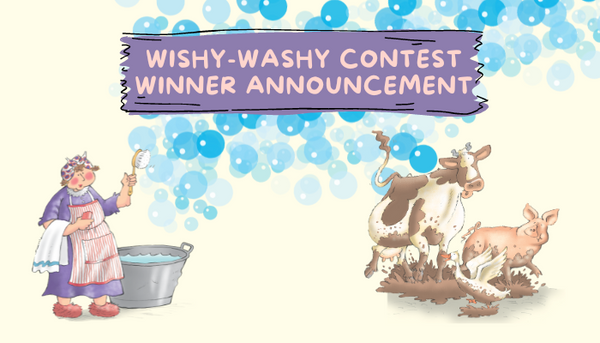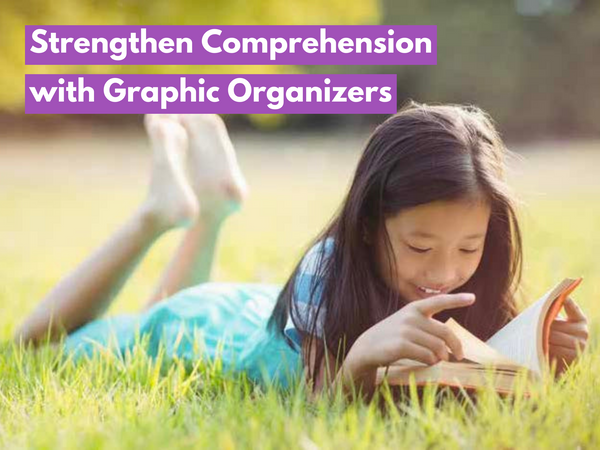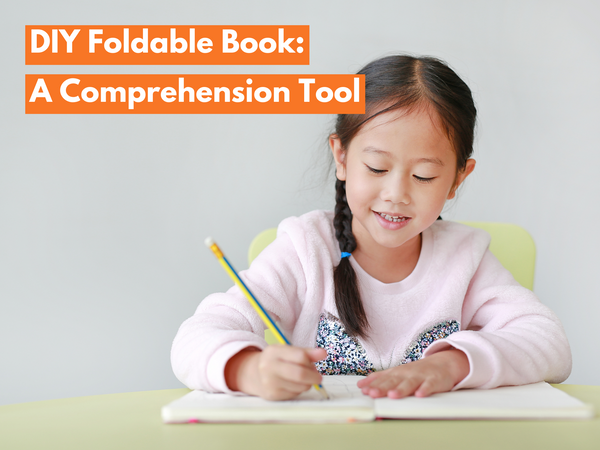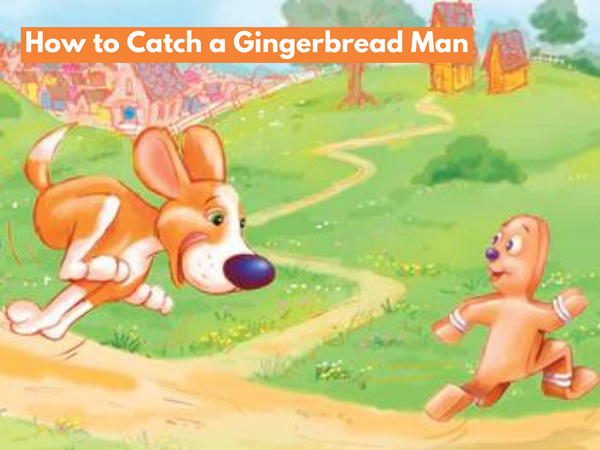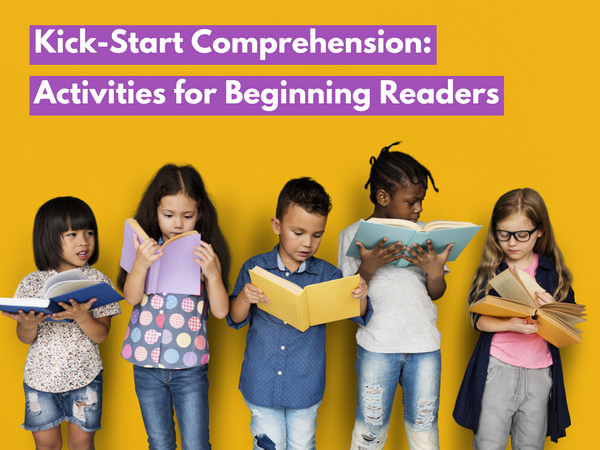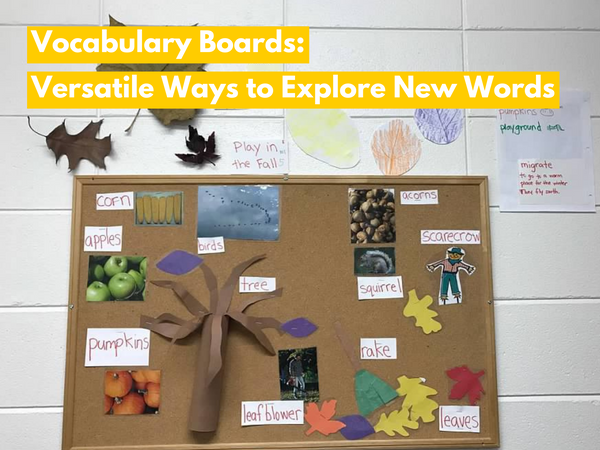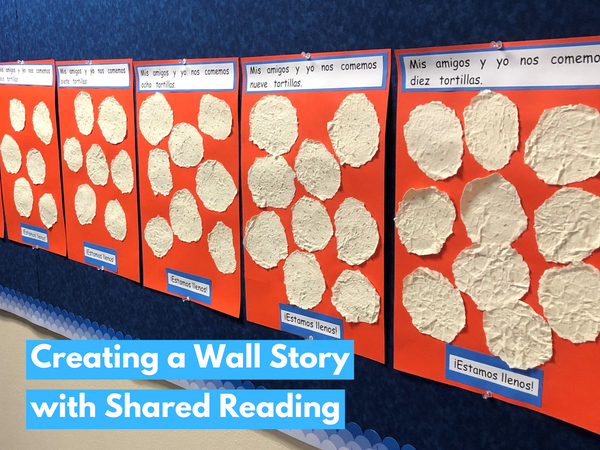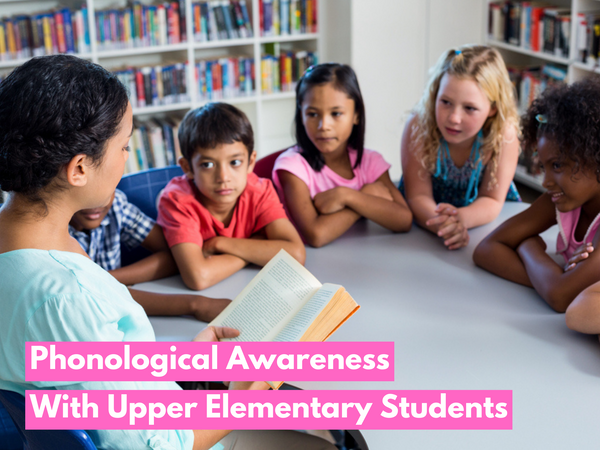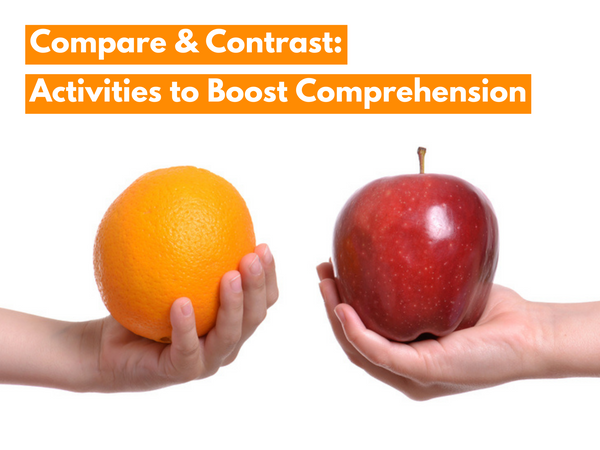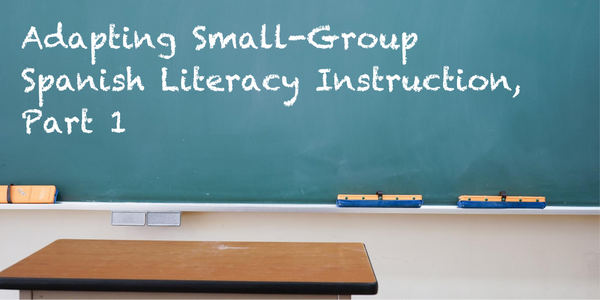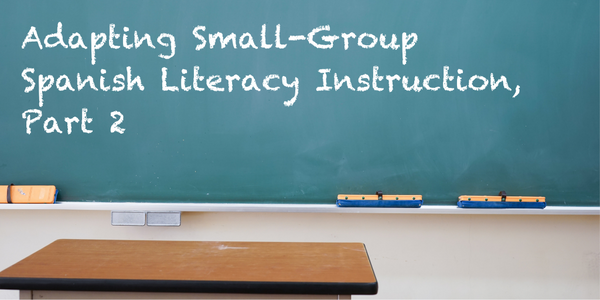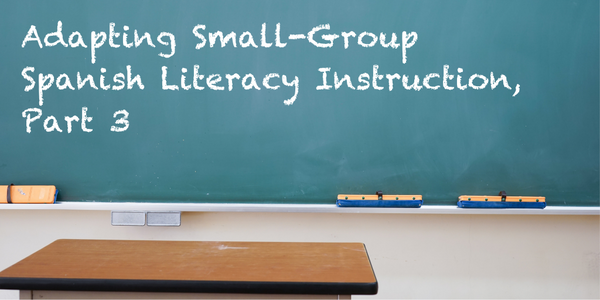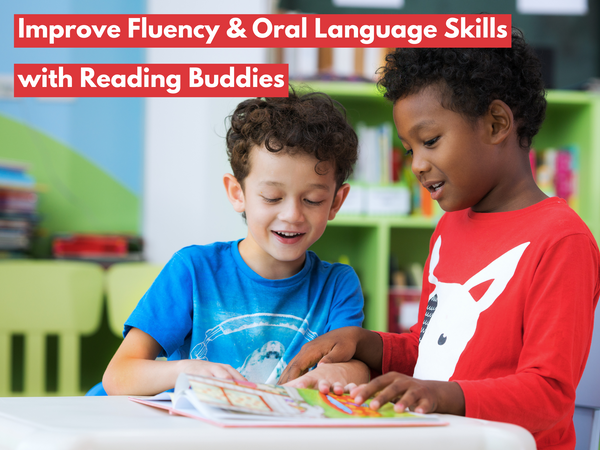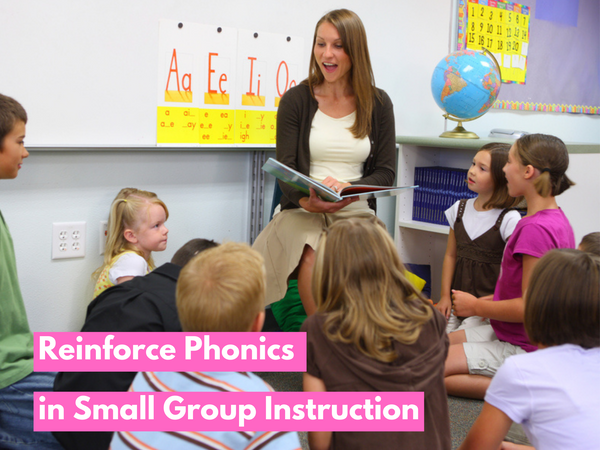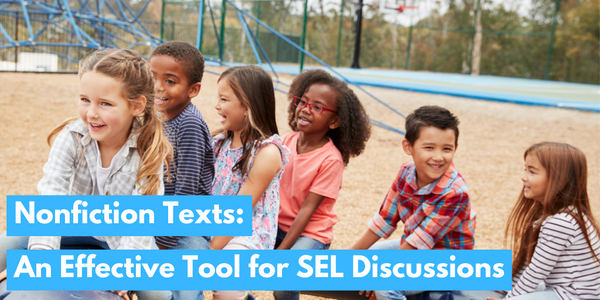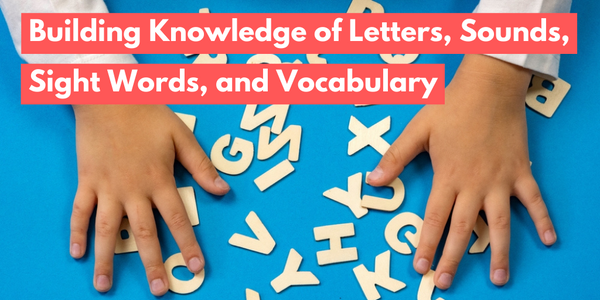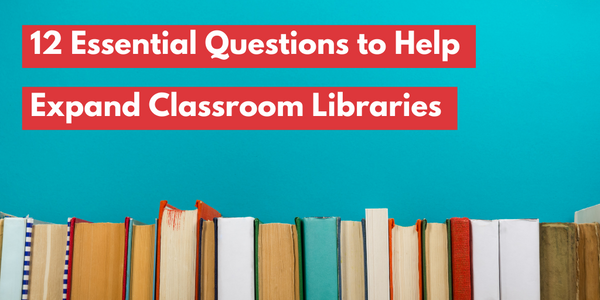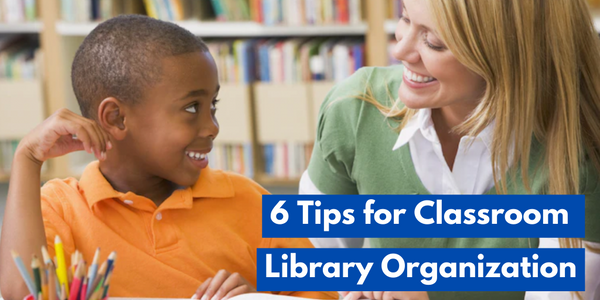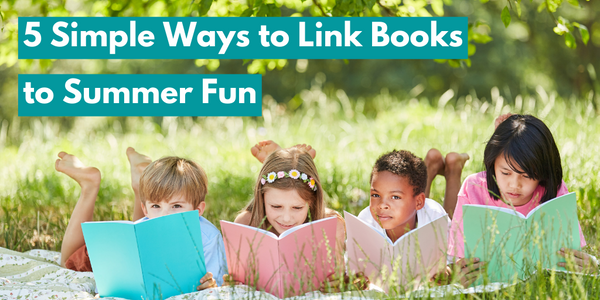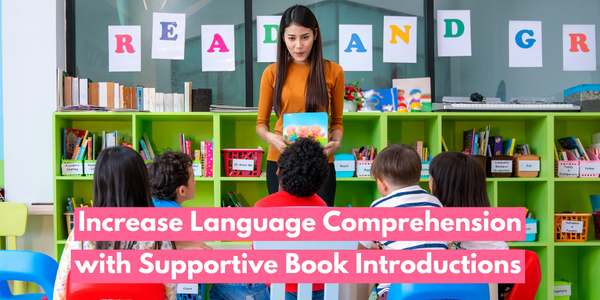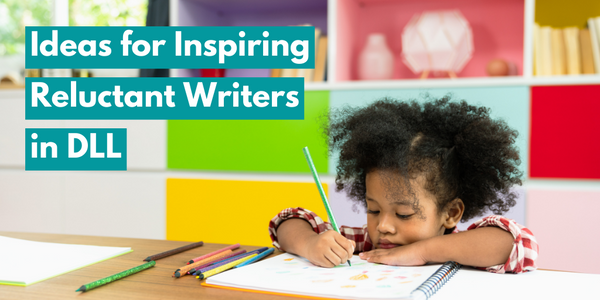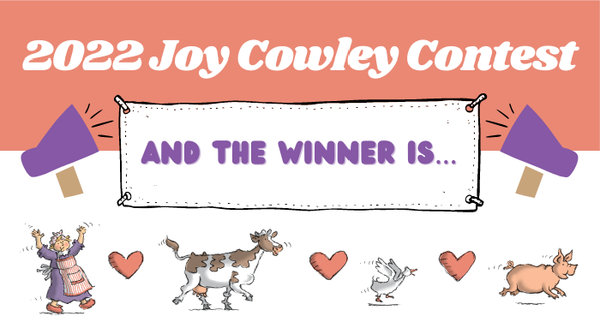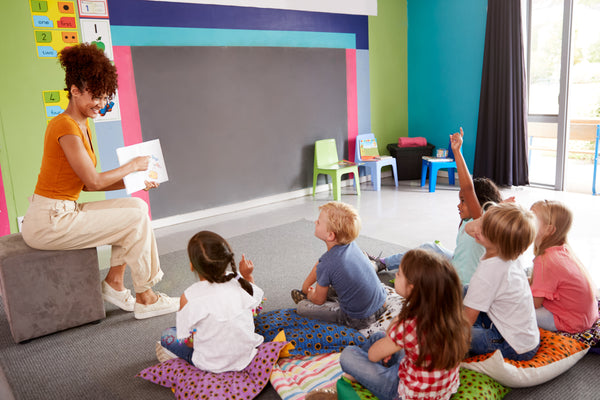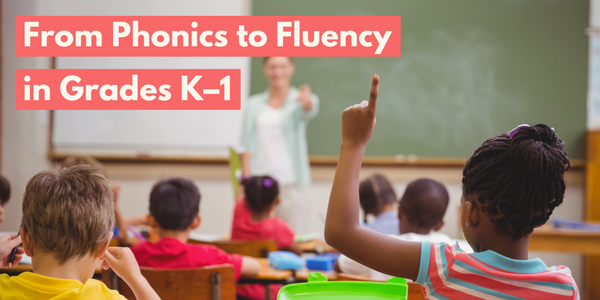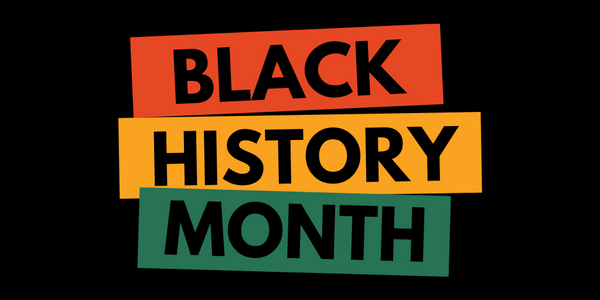By Dr. Geraldine Haggard, Reading Recovery Teacher Leader, Guest Blogger
If you're looking for guidance on planning focused mini-lessons to help kids with interactive writing, you'll want to keep reading. In today's blog post, I'll describe my experience with executing interactive writing activities along with ideas for mini-lessons that you can use with some guided reading leveled books.
Value of Mini-Lessons Based on Interactive Writing
Mini-lessons provide opportunities for modeling and providing practice as children develop phonics, basic spelling, automaticity of handwriting and use of high-frequency words, word parts, and vocabulary. You can share writing done previously by a student and give positive feedback about something a child did well. This provides an opportunity for the students to ask questions they may have about the content. You can then mention what the child should be ready to do next.
Personal Experience with Mini-Lessons
I once worked with three kindergarten students who had just been involved in a shared reading activity at a phase one level. The children were asked to find the letter I on the word wall. I used the whiteboard and modeled the writing of I and explained that it is a word and a letter. They stood and we did sky-writing with the letter, saying the actions from the writing program used by their school.
They then practiced writing the letter and gave oral sentences about things they can do that the squirrel from a story had done. Using the whiteboard, I wrote a sentence one child dictated: I can jump . I selected the writing of one of the children and praised his correct use of spaces between his words. I mentioned that he was ready to use periods at the ends of his sentences.
Components of an Interactive Writing Activities
The components of a mini-lesson in writing will change as a child makes progress through phases, which include:
- Using Classroom Resources: ABC charts, creating environmental print, Kid word crowns, and word walls
- Teaching Points for Phonics and Spelling: letter names and sounds, stretching words and writing sounds, teacher use of a whiteboard to model, riddles using sounds, use of rimes, letters with two possible sounds
- Teaching Points for Conventions: left to right, top to bottom, no capital letters in the middle of words, proper use of capital letters and punctuation, the spacing between words, writing conversations
- Teaching Points for Developing Content and Vocabulary: asking questions of a featured author, taking a chance as they write more complex words, sticking to the subject
- Teaching Points for Reading and Writing Strategies: drawing a story, writing a story, tracing words with a finger, rereading for fluency, sounding out syllables in longer words, exploring beginnings and ends of written stories
Ideas for a Mini-Lesson Using a Wordless Book Like Going Home
- Use book cover to guide children to

-
share what they know learn about giraffes. Share one or facts that were not shared.
- Locate upper and lower case g on the word wall. Discuss why capital G is used in the title.
- Skywrite the letters using oral directions for letter formation used by your school.
- Draw a story about a giraffe. Provide the opportunity for some to share their stories.
Ideas for a Mini-Lesson Using a Narrative Text Like Tall Giraffe
-
 Add
am
to the word wall.
Add
am
to the word wall.
- Model with a whiteboard and guide students as they stretch and write sounds heard in am .
- Create a list of three words that end with all using riddles: We walk down a h___. Did mother c___? She hung her picture on a w___. You can use your whiteboard as students read the words.
- Invite the children to write a sentence about something that is tall. The following day, use the sentences to praise the writer and encourage the others to ask questions. Inform your writers what they are now ready to do as they write.
Ideas for a Mini-Lesson Using an Informational Text Like Giraffe
- Add the words us and use to

-
the word wall.
- Use the whiteboard to model what happens when the e is added to us .
- Use the book for shared reading. Talk about why spaces are between the words.
- Clap the word baby and share that the pointer has to stay on the two-syllable word before it moves to the next word. Ask one of them to point to the words in the sentence as they are reread.
- Invite the children to write a sentence about a giraffe. Use one of their sentences to read to praise something the author did well. The others can ask questions about what might be added. Share what you think the author is now ready to do.
It is exciting to watch students write and the pride they can exhibit as they grow as authors. If you feel the need to have help as you plan for small interactive sessions, you will enjoy the book Kid Writing in the 21st Century . Please visit our blog again soon to find new posts that can help you with lesson planning and keep you abreast of new titles available.
~~~
 Dr. Geraldine Haggard is a retired teacher, Reading Recovery teacher leader, author, and university teacher. She spent thirty-seven years in the Plano, TX school system. She currently tutors, chairs a committee that gifts books to low-income students, and serves as a facilitatorin a program for grieving children. If you like what you read here, you can enjoy
more from Dr. Haggard elsewhere on our blog
.
Dr. Geraldine Haggard is a retired teacher, Reading Recovery teacher leader, author, and university teacher. She spent thirty-seven years in the Plano, TX school system. She currently tutors, chairs a committee that gifts books to low-income students, and serves as a facilitatorin a program for grieving children. If you like what you read here, you can enjoy
more from Dr. Haggard elsewhere on our blog
.
~~~















